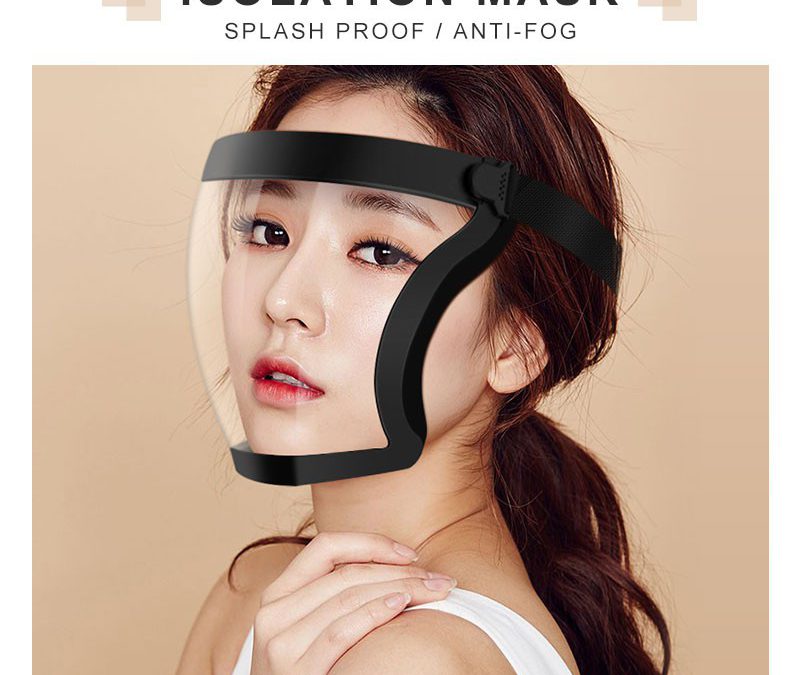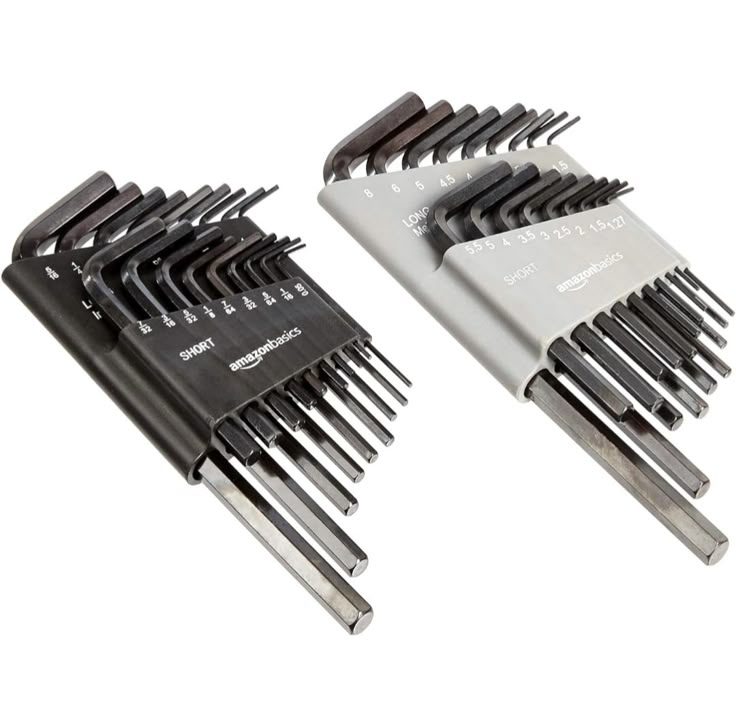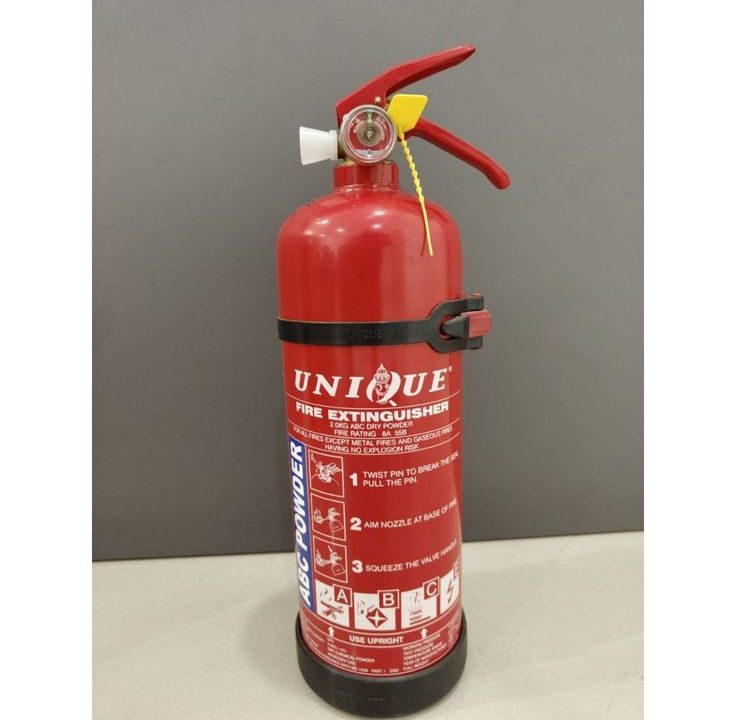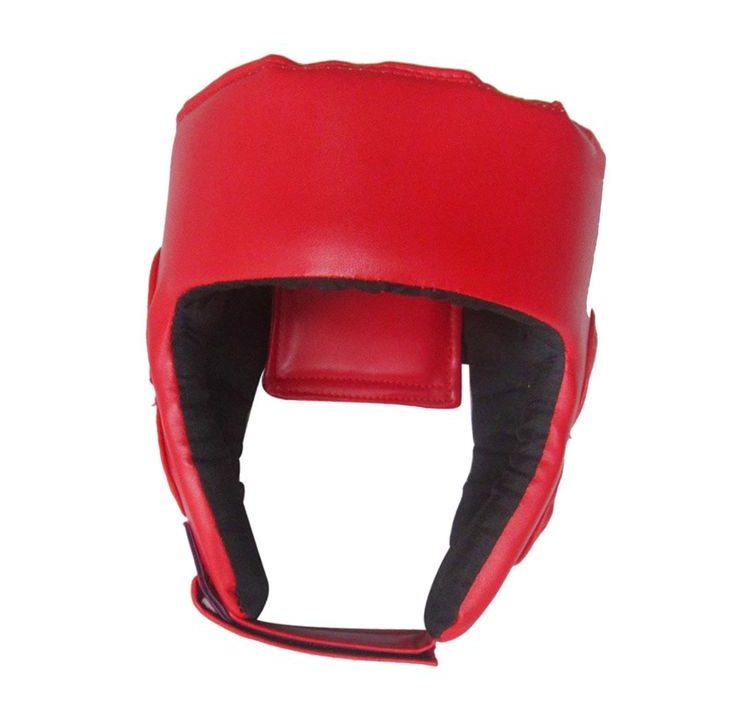Guide to Facial Protection: Choosing the Right Gear

Choosing the Right Head Protection Gear for Maximum Safety
August 29, 2024
The Role of Breathing Protection Equipment in Ensuring Workplace Safety
September 24, 2024In today’s world, where safety is paramount, choosing the right face protection equipment is crucial for safeguarding ourselves from a range of hazards. Whether you’re working in a high-risk environment or just looking to protect yourself from everyday pollutants, understanding facial protective gear is key.
Essential Takeaways
- Understand Different Types of facial protective gear: Each type of face shield gear, including masks, face shields, and goggles, serves a specific purpose and is designed for various hazards. Choose the right type based on your environment and needs.
- Prioritize Comfort and Fit: Comfort and proper fit are crucial for effective face protection. Ensure that the equipment you choose provides a secure, comfortable fit to encourage consistent use and protection.
- Stay Informed About Standards and Innovations: Keep up with relevant safety standards and emerging technologies in facial safety gear. Investing in gear that meets industry standards and incorporates the latest advancements will enhance your safety and overall effectiveness.
Let’s dive into the essentials of face shield gear, exploring different types, their applications, and how to select the best options for your needs.
Introduction to Face Protection Equipment
What is Face Protection Equipment?
Facial face guards encompass various types of gear designed to shield your face from potential hazards. This equipment is critical in preventing injuries from impacts, splashes, dust, chemicals, and other environmental risks. It includes items like masks, face guards, and goggles, each serving a specific purpose to ensure your safety.
The Role of Face Protection in Safety
Facial protection plays a vital role in many industries and everyday situations. It helps prevent injuries that could result from flying debris, chemical splashes, and biological hazards.
By investing in the right face shield equipment, you’re not only protecting yourself but also ensuring a safer work environment and contributing to overall well-being.
Why Facial Protective Gear is Essential
Preventing Injuries and Accidents
Facial safety gear is designed to prevent serious injuries and accidents. In industries like construction, manufacturing, and healthcare, exposure to hazards is a common occurrence.
Face shields and goggles protect against flying objects, splashes, and harmful substances. Masks, on the other hand, safeguard against inhaling dangerous particles or pathogens. Without proper facial protection, the risk of injury or illness increases significantly.
Enhancing Worker Safety and Productivity
When workers feel safe and protected, their productivity often improves. Facial protective equipment not only reduces the risk of injuries but also enhances overall job satisfaction.
In workplaces where safety measures are prioritized, employees are more likely to focus on their tasks and perform their duties effectively, leading to better outcomes and a safer working environment.
Types of Face Protection Equipment
Types of Masks: N95, Surgical, and Cloth Masks
- N95 Masks:
N95 respirators are designed to filter out at least 95% of airborne particles. They are commonly used in healthcare settings and industries where workers are exposed to airborne hazards. These masks offer a high level of protection and are essential in environments with potential exposure to harmful substances.
- Surgical Masks:
Surgical masks are used to protect against large droplets, splashes, and sprays. They are commonly worn in medical settings to prevent the spread of infections and protect both the wearer and patients. While they offer less filtration compared to N95 masks, they are suitable for general protection.
- Cloth Masks:
Cloth masks are reusable and designed for general use. They provide a basic level of protection by blocking larger particles and are suitable for everyday activities and public places. While they are not as effective as surgical or N95 masks, they are a good option for non-hazardous environments.
When to Use Each Type
- N95 Masks:
Use N95 masks in environments with high levels of airborne contaminants, such as during industrial work, healthcare procedures, or in areas with poor air quality.
- Surgical Masks:
Ideal for healthcare settings, where protection from droplets and splashes is essential. They are also useful in public spaces where there is a need to reduce the spread of respiratory droplets.
Best for everyday use, such as when shopping or in situations where social distancing may be challenging. They are not suitable for high-risk environments but are a practical choice for general use.
Face Shields
Benefits of Face Shields
Face guards offer comprehensive protection by covering the entire face. They are particularly useful in environments where there is a risk of exposure to splashes, sprays, or debris. Unlike masks, face shields provide a physical barrier that helps prevent direct contact with contaminants. They can be worn in conjunction with masks for enhanced protection.
Different Styles and Uses
- Full Face Shields: These shields cover the entire face, including the eyes, nose, and mouth. They are commonly used in healthcare settings, laboratories, and industries where there is a risk of exposure to hazardous materials.
- Half-Face Shields: These shields cover only the lower part of the face. They are useful for tasks where protection from splashes or debris is needed but do not require full-face coverage. They are often used in food processing and certain industrial applications.
- Adjustable Face Shields: Many face guards come with adjustable headbands or straps, allowing for a customized fit. This feature ensures comfort and effectiveness, especially during extended use.
Safety Goggles
Types of Safety Goggles
- Impact-Resistant Goggles: Designed to protect the eyes from impacts and flying debris, these goggles are commonly used in construction, machining, and laboratory environments. They are built to withstand high-velocity impacts and offer a secure fit to prevent objects from entering around the edges.
- Chemical-Resistant Goggles: These goggles are equipped with special lenses and seals to protect against chemical splashes. They are essential in laboratories, chemical plants, and any environment where chemicals are handled. They ensure that harmful substances do not come into contact with the eyes.
- Anti-Fog Goggles: Fogging can obstruct vision and reduce the effectiveness of safety goggles. Anti-fog goggles are treated with special coatings to prevent fogging, ensuring clear visibility in various conditions. They are ideal for use in high-humidity environments or during activities that generate heat.
Applications and Benefits
- Impact-Resistant Goggles: Protect against physical injuries from flying debris, dust, and particles. They are crucial for tasks involving machinery, cutting, grinding, and other high-risk activities.
- Chemical-Resistant Goggles: Essential for preventing eye injuries from chemical splashes or fumes. They provide a secure seal around the eyes to protect against harmful substances.
- Anti-Fog Goggles: Improve visibility and comfort by preventing fogging. They are useful in environments where temperature fluctuations or high humidity are common.
Choosing the Right Facial Protective Gear
Comfort and Fit
When selecting facial protective equipment, comfort and fit are crucial. Gear that is uncomfortable or ill-fitting can lead to reduced compliance and effectiveness. Choose equipment that offers adjustable features, padding, and ergonomic design to ensure a secure and comfortable fit.
Material and Durability
Consider the materials used in facial face guards. High-quality materials offer better protection and longer-lasting durability. For example, face guards should be made from impact-resistant plastic, while masks should use breathable, high-efficiency filters. Durability ensures that the gear can withstand regular use and harsh conditions.
Compatibility with Other PPE
Facial face guards should be compatible with other personal protective equipment (PPE) you use. Ensure that masks, goggles, and face guards can be worn together without interfering with each other’s functionality. For instance, a mask should fit comfortably with goggles or a face shield to provide comprehensive protection.
Industry-Specific Requirements
Construction and Manufacturing
In construction and manufacturing, face protection is essential for safeguarding against dust, debris, and hazardous materials. Opt for impact-resistant goggles that offer full coverage. Consider gear that meets industry-specific standards and provides adequate protection based on the tasks performed.
Healthcare and Laboratories
Healthcare workers and laboratory personnel require face protection that offers high levels of protection against biological hazards and chemical exposure. N95 masks, surgical masks, and face guards are commonly used in these settings. Ensure that the gear complies with relevant medical and safety standards.
Chemical Handling
For environments where chemicals are handled, face protection should focus on chemical resistance and coverage. Choose goggles or face shields designed to protect against chemical splashes and fumes. The gear should be resistant to chemical degradation and provide a secure seal to prevent exposure.
Maintaining and Caring for Facial protection Gear
Cleaning and Disinfection
Proper maintenance of facial safety gear is essential for ensuring its effectiveness and longevity. Follow the manufacturer’s instructions for cleaning and disinfecting gear. For masks, use appropriate cleaning solutions or replace them as recommended. Face shields and goggles should be cleaned with mild detergents and disinfected regularly, especially after exposure to contaminants.
Storage and Handling Tips
Store facial safety gear in a clean, dry place to prevent damage and contamination. Avoid placing gear in direct sunlight or areas with extreme temperatures. For reusable equipment, use protective cases or bags to keep them clean and safe from physical damage.
Regulations and Standards
ANSI (American National Standards Institute)
ANSI sets standards for facial face guards, including specifications for impact resistance, optical clarity, and comfort. Ensure that the gear you choose meets ANSI standards for safety and performance.
OSHA (Occupational Safety and Health Administration)
OSHA provides guidelines for face protection in the workplace, including requirements for eye and facial protection. Compliance with OSHA standards ensures that the equipment meets minimum safety requirements and provides adequate protection.
ISO (International Organization for Standardization)
ISO standards cover various aspects of face protection, including materials, design, and testing methods. Choose gear that meets ISO standards to ensure international quality and safety benchmarks.
Compliance and Certification
Verify that facial face guards is certified by relevant organizations and meet industry standards. Look for certifications and labels indicating compliance with safety regulations. This ensures that the gear provides reliable protection and adheres to established safety practices.
Innovations and Future Trends in Facial Protective Gear
Advances in Materials and Design
The future of this protection equipment involves innovations in materials and design. New technologies are developing more comfortable, durable, and effective gear. Advanced materials offer better protection and enhanced comfort, while innovative designs improve usability and functionality.
Integration with Smart Technology
Smart technology is making its way into facial protective equipment. Future trends may include gear with integrated sensors, communication systems, and real-time monitoring capabilities. These advancements aim to provide enhanced safety features and greater situational awareness for users.
Conclusion: Investing in the Right Facial Protection Gear
Choosing the right face protection equipment is crucial for ensuring your safety and well-being. By understanding the different types of face protection gear, considering factors like comfort, material, and industry requirements, and staying informed about regulations and innovations, you can make informed decisions about your safety gear.
Invest in high-quality facial safety gear to protect yourself from hazards and contribute to a safer environment. Explore the available options, and remember to prioritize comfort, compatibility, and compliance with safety standards. Your safety is worth the investment.
Call to Action
Ready to upgrade your face protection gear? Check out our selection of high-quality facial protective equipment and find the perfect fit for your needs. For more safety tips and updates, subscribe to our blog and stay informed about the latest in protective gear. Your safety is our priority!
FAQs
1. What is the difference between a face shield and a mask?
A face shield provides a full-face barrier against splashes and debris but does not offer the same level of protection against airborne particles as a mask. Masks, especially N95 respirators, are designed to filter airborne particles, while face shields are used to protect against physical impacts and splashes. For comprehensive protection, it’s often recommended to use both together.
2. How do I choose the right facial protective gear for a laboratory setting?
In a laboratory setting, select facial safety gear that offers high levels of protection against chemical splashes and biological hazards. Chemical-resistant goggles and face shields with secure seals are essential. Ensure the gear complies with relevant safety standards and provides adequate coverage based on the type of chemicals or biological agents used.
3. Can facial protective gear be worn with other PPE?
Yes, facial safety gear can be worn with other personal protective equipment (PPE). Ensure that masks, goggles, and face shields are compatible and do not interfere with each other’s functionality. For instance, masks should fit comfortably with goggles or a face shield to provide comprehensive protection without compromising comfort or safety.
4. How often should face protection equipment be replaced?
The replacement frequency depends on the type of equipment and its usage. Masks should be replaced according to manufacturer guidelines, typically after a certain number of uses. Face shields and goggles should be inspected regularly for damage and replaced if they no longer provide adequate protection or have become compromised.
5. What should I look for when buying face protection equipment?
When buying facial protective equipment consider factors such as comfort, fit, material quality, and compliance with safety standards. Look for gear that offers a secure and comfortable fit, is made from durable materials, and meets relevant industry regulations. Ensure the equipment is suitable for the specific hazards you may encounter.




